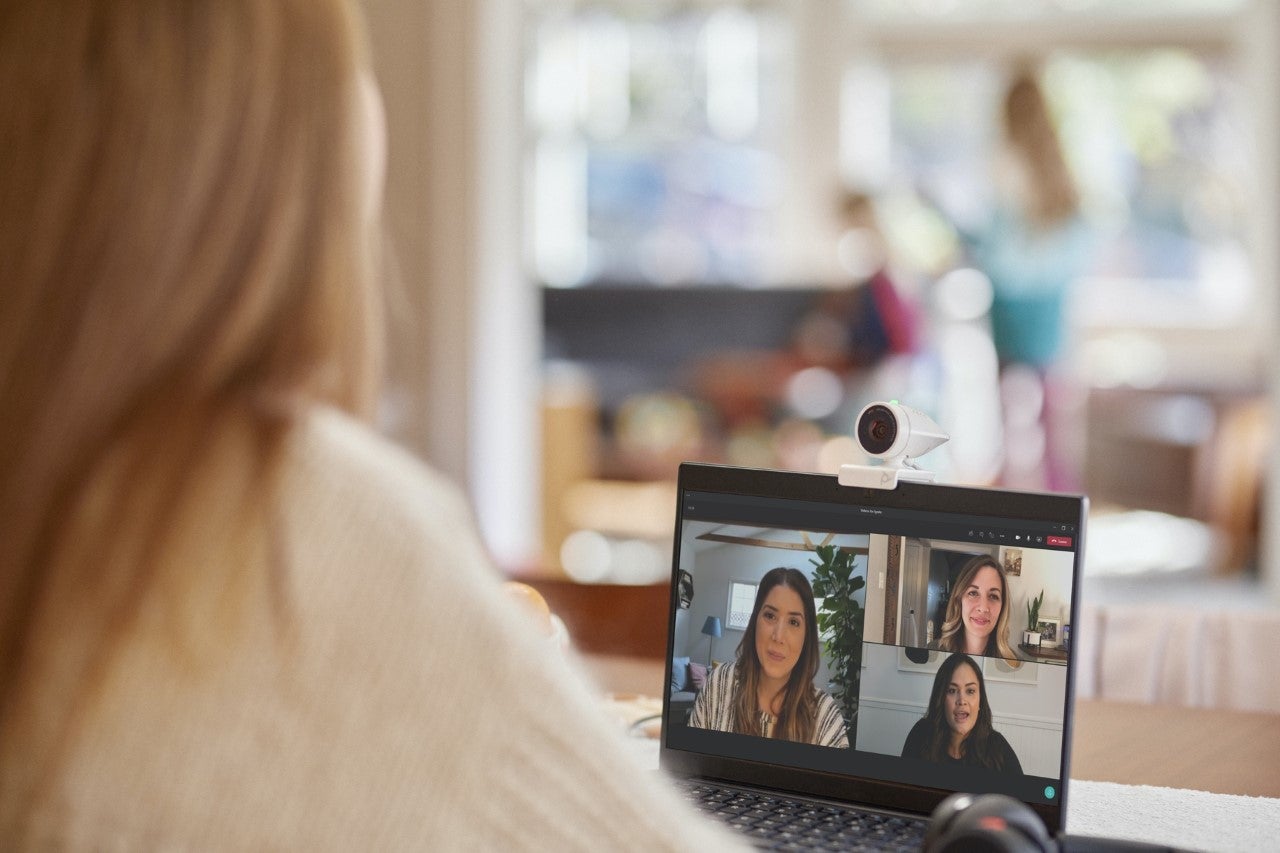Technology for new ways of working
THE ARTICLES ON THESE PAGES ARE PRODUCED BY BUSINESS REPORTER, WHICH TAKES SOLE RESPONSIBILITY FOR THE CONTENTS

The phrase “I’m going to work” no longer means “I’m going to get up at the crack of dawn, squeeze into a suit and start a long commute to the office.” In fact, it may just mean walking a few steps to the spare room or if you’re lucky, a new shed in the garden.
Our homes have doubled up as classrooms, offices and gyms thanks to the pandemic and lockdowns. And even now that we are hopefully seeing the end in sight, the return to “normal” may never happen.
The nature of how and where we work has shifted forever and, as business leaders, it is time to accept that work is no longer a place: it’s what you do and how you do it. The traditional office-based environment was already changing before the pandemic came along. Improvements to data infrastructure capabilities, the ongoing digital transformation and a corresponding increase in the sophistication of communications were already paving the way for a new working world.
Covid-19 has been a critical catalyst for this change in working habits and a massive accelerant to the digital transformation that was already reshaping the way we work. The data from industry analysts confirms this. Research by Gartner shows 74 per cent of companies will permanently shift to more remote workforces. By 2024, Gartner expects there to be 600 million remote workers worldwide.
Our customers echo this and tell us that in future they think all their meetings will have at least one remote attendee. They will all require video link-ups and meeting room experiences will have to significantly improve to accommodate this.
For too long in the collaboration industry, we built conference rooms that looked and worked just like the last 100 rooms before them. We now need to offer our customers a comprehensive approach to their business infrastructure. We still need to connect people, spaces and technology, but we need to do it in a way that will create equality among meeting participants, regardless of their location.
This means changes to our office conference rooms. Analysts estimate that of the roughly 50 million conference rooms in the world, less than 10 per cent are video enabled. Clearly, that will no longer support the vastly increased numbers of remote workers. Seamlessly combining teammates who are both in and out of the office so they can work, be that informal brainstorming or critical, million-dollar client-facing conversations, is a complex challenge.
Luckily, some technology already exists, such as automatic cameras for meeting rooms and microphones that cancel unwanted background noise. More is on the way, including indexing and analysing video meetings, automatic transcriptions and simplifying meeting initiation.
This change is going to be one of our industry’s biggest challenges but also one of its most exciting opportunities. We must connect people, technology and spaces so that it makes no difference if somebody is physically present or not. That is the way of the future and we are well on the way there.
For more information please visit www.poly.com or our Twitter handle @PolyCompany
Originally published on Business Reporter
Subscribe to Independent Premium to bookmark this article
Want to bookmark your favourite articles and stories to read or reference later? Start your Independent Premium subscription today.